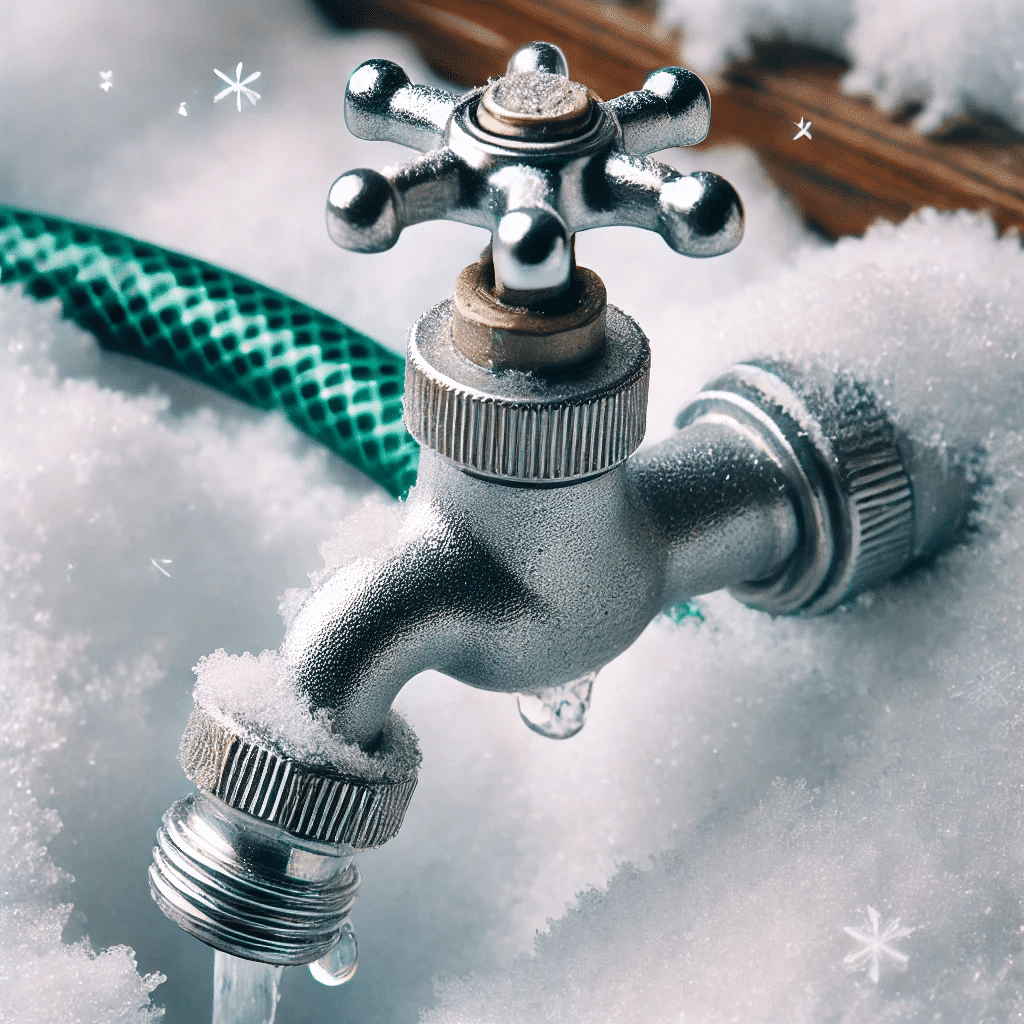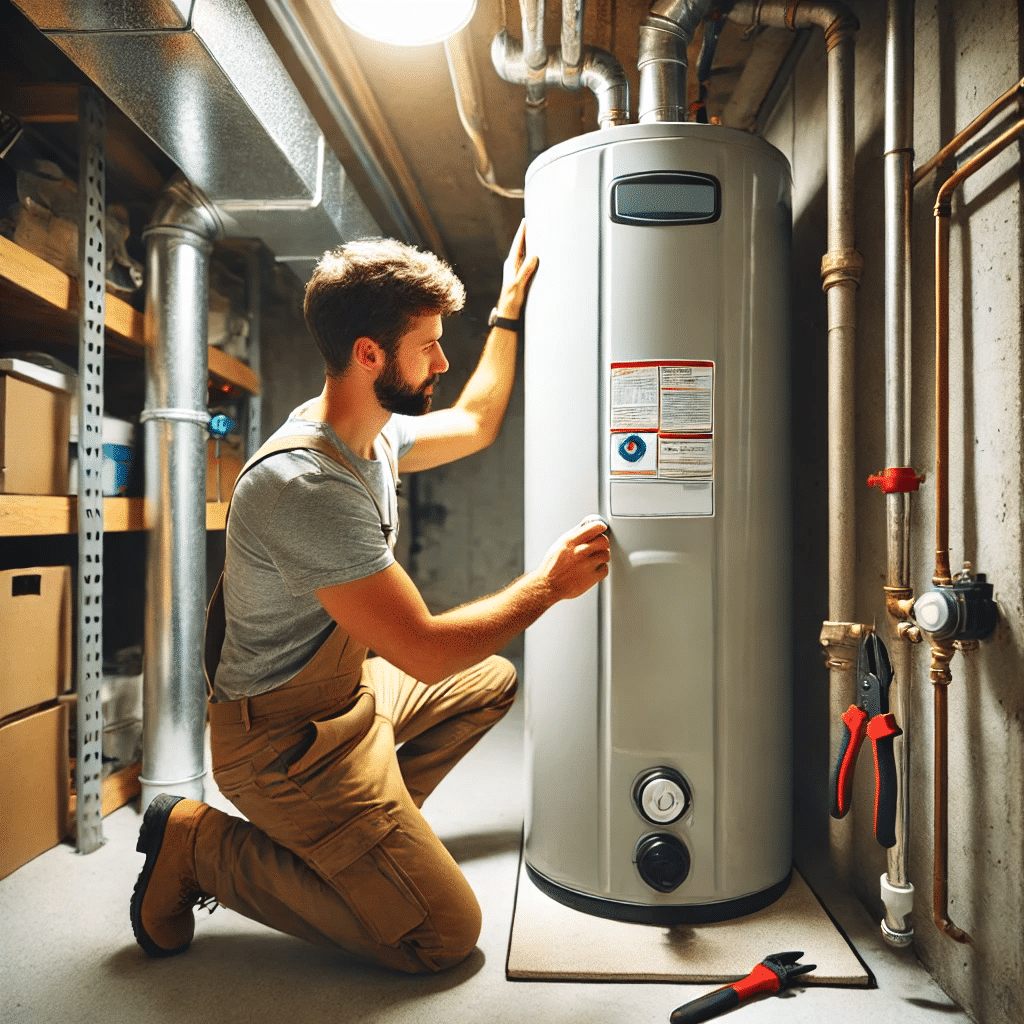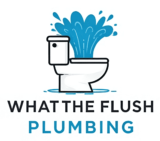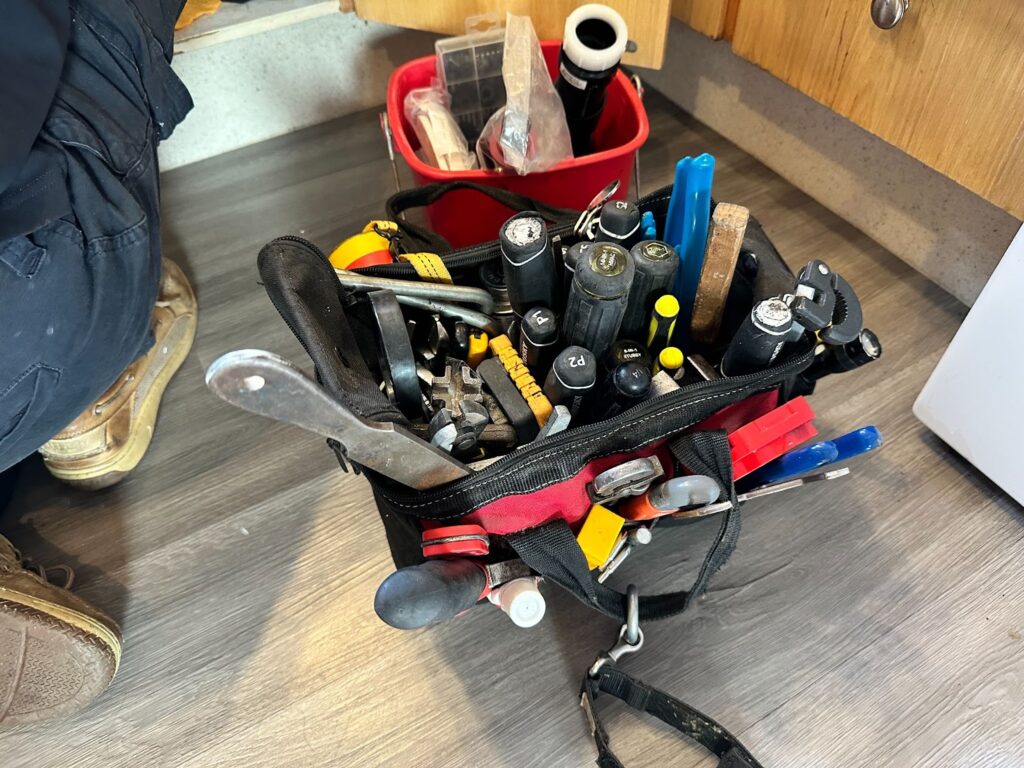Plumbing Calgary SE | As winter approaches in Calgary, ensuring that your plumbing system is ready to handle the cold is essential. A well-winterized plumbing system can save you from costly repairs and the inconvenience of dealing with burst pipes or water damage. Here’s a comprehensive guide on how to winterize your plumbing system in Calgary SE, where temperatures can drop significantly during the winter months.
1. Inspect and Repair Leaks
The first step in winterizing your plumbing system is to thoroughly inspect it for any leaks. Even the smallest leaks can lead to significant problems when the temperature drops. Check all the exposed pipes, faucets, and connections for any signs of leakage. If you find any issues, it’s crucial to repair them before winter sets in.
Why It’s Important:
Leaks can worsen during freezing temperatures, leading to burst pipes. Repairing them ahead of time ensures your system remains intact throughout the winter.
2. Insulate Exposed Pipes
Pipes exposed to the cold, such as those in unheated areas like basements, garages, or crawl spaces, are at a higher risk of freezing. Insulating these pipes is one of the most effective ways to prevent them from freezing and bursting.
Types of Pipe Insulation:
- Foam Insulation: Easy to install and provides good protection.
- Fiberglass Insulation: Offers excellent insulation, especially for larger pipes.
- Pipe Wraps and Tapes: Ideal for pipes with complex shapes or in tight spaces.
Pro Tip:
Ensure that the insulation covers the pipes completely, leaving no gaps where cold air can seep in.

3. Drain Outdoor Faucets and Hoses
Outdoor faucets and hoses are particularly vulnerable to freezing. To prevent damage, it’s important to disconnect and drain any garden hoses and shut off the water supply to outdoor faucets.
Steps to Follow:
- Disconnect Hoses: Remove any attached garden hoses and store them indoors for the winter.
- Shut Off Water Supply: Locate the shut-off valve for outdoor faucets and turn it off.
- Drain the Faucet: Open the outdoor faucet to allow any remaining water to drain out.
Why It’s Important:
Water left in hoses or outdoor faucets can freeze, causing the hoses to crack and the faucets to burst, leading to potential water damage.
4. Protect Your Sump Pump
If you have a sump pump, it’s important to ensure it’s functioning properly before winter arrives. A sump pump is essential for keeping your basement dry, especially during periods of snowmelt. Check that the sump pump pit is clean and free of debris, and test the pump to ensure it’s working correctly.
Additional Tips:
- Install a Sump Pump Cover: This helps to keep out debris and prevent the water in the sump pit from freezing.
- Consider a Backup Battery: In case of a power outage, a battery backup can keep your sump pump running.

5. Maintain Your Water Heater
Your water heater works overtime during the winter months, so it’s essential to perform some basic maintenance to keep it running efficiently.
Maintenance Tips:
- Drain the Tank: Sediment can build up in the tank, reducing efficiency. Draining the tank will help remove this buildup.
- Insulate the Heater: Wrapping your water heater in an insulating blanket can reduce heat loss and improve efficiency.
- Check the Temperature Setting: Ensure your water heater is set to an appropriate temperature (usually around 120°F) to prevent scalding and reduce energy consumption.
6. Keep Indoor Faucets Dripping
When the temperature drops significantly, keeping a small trickle of water running through your faucets can help prevent pipes from freezing. This is especially important for faucets connected to pipes located along exterior walls.
How It Works:
Running water is less likely to freeze, so even a small drip can help keep the water moving and reduce the risk of frozen pipes.
Tip:
If you’re going away for an extended period, consider leaving a few faucets dripping to avoid returning to a plumbing disaster.
7. Seal Gaps and Cracks
Cold air can enter your home through gaps and cracks around doors, windows, and other openings, which can increase the risk of frozen pipes. Seal any gaps or cracks around your home’s exterior, especially near plumbing fixtures.
Materials to Use:
- Caulk: Ideal for sealing smaller gaps and cracks around windows and doors.
- Spray Foam Insulation: Great for filling larger gaps, especially around pipes that penetrate exterior walls.
- Weatherstripping: Helps seal gaps around doors and windows to keep out cold air.
8. Open Cabinet Doors
Opening cabinet doors under sinks in your kitchen and bathroom allows warm air to circulate around the pipes, reducing the risk of freezing. This is particularly important for sinks located against exterior walls.
When to Do This:
On especially cold days or nights, leave the cabinet doors open to keep warm air circulating around the pipes.
9. Prepare for Emergencies
Even with the best preparations, emergencies can still happen. Be ready to act quickly if a pipe freezes or bursts.
What to Do:
- Know Where Your Main Water Shut-Off Valve Is: In case of a burst pipe, you’ll need to shut off the water supply quickly to prevent further damage.
- Have Emergency Supplies on Hand: Keep a supply of towels, buckets, and a wet/dry vacuum handy in case you need to deal with water quickly.
10. Consider Professional Help
If you’re unsure about how to properly winterize your plumbing system, or if your home has complex plumbing, it might be best to call in a professional. A licensed plumber from What The Flush Plumbing Services can help ensure your system is thoroughly winterized, providing peace of mind throughout the winter season.
Benefits of Professional Winterization:
- Comprehensive Inspection: A professional plumber can identify and address potential issues you might overlook.
- Proper Insulation: They can ensure that all exposed pipes are correctly insulated.
- Expert Advice: Get personalized recommendations for maintaining your plumbing system throughout the winter.
Conclusion
Winterizing your Plumbing Calgary SE is a crucial task that can save you from significant headaches and expenses. By taking the time to inspect, repair, and prepare your plumbing, you can enjoy the winter months without worrying about frozen pipes or water damage. If in doubt, don’t hesitate to reach out to What The Flush Plumbing Services for expert assistance.

